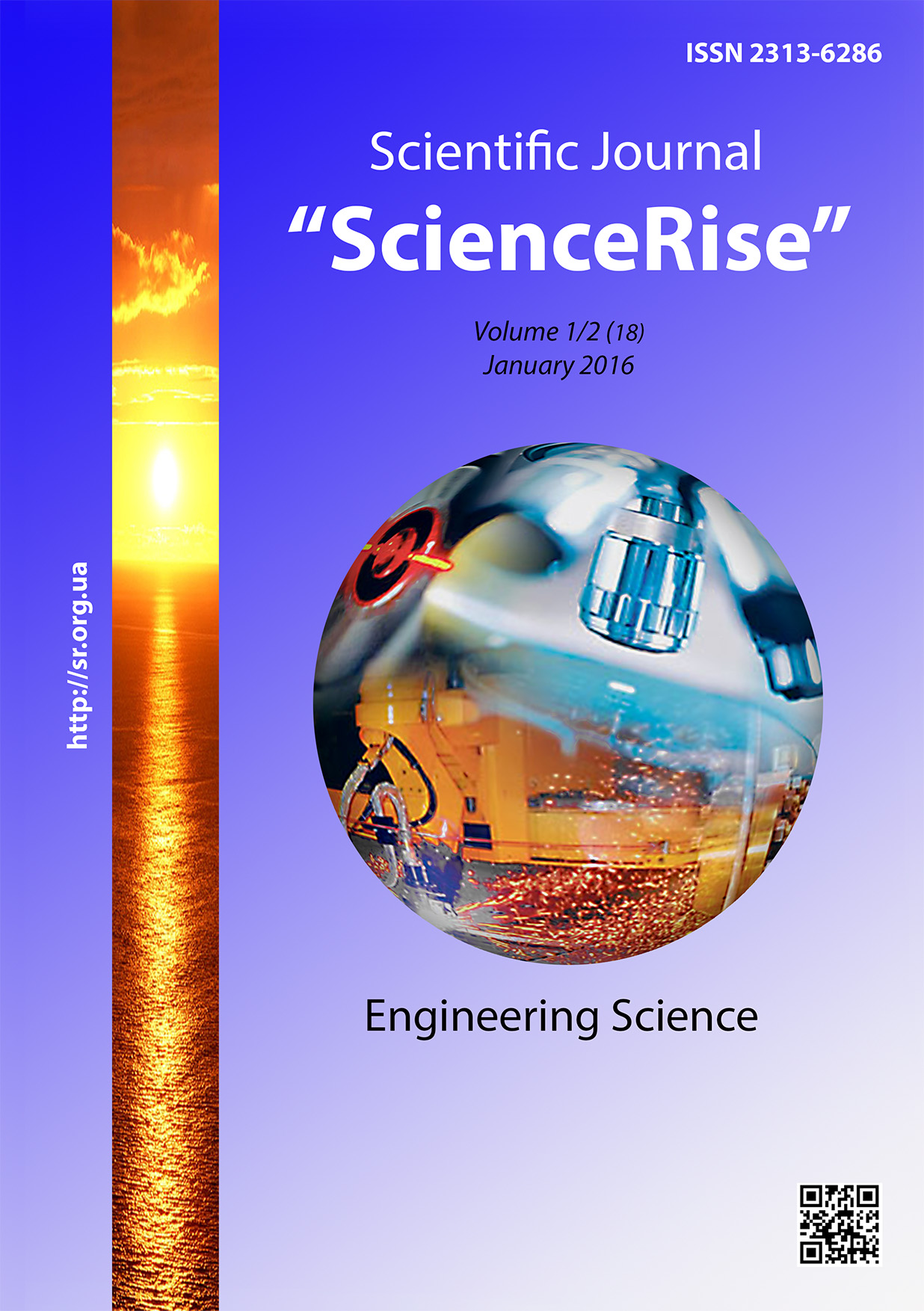Research of utilization of a screen cullet in production of a glass-ceramic tile
DOI:
https://doi.org/10.15587/2313-8416.2016.58794Keywords:
screen cullet, inorganic glass ceramics, microcrystalline ceramics, inorganic secondary raw materialsAbstract
One of the directions of utilization of screen cullet of cathode ray tubes that came into disuse as inorganic valuable secondary raw materials is shown in the article. It was chosen as the aim: determine the optimal cullet content in the charge for making glass-ceramic tile. The basic method is the testing physical and chemical properties of experimental prototypes in conditions as close to real. It will be projected resource economy of inorganic secondary raw materials, reduction of harmful environmental impact of solid waste
References
Makovetska, Yu. M. (2011). Vtorunne resursokorustyvannia v Ukraini I regionalni aspektu iogo stanovlenia. Regionalna ekonomika, 3, 172–180.
Guhovetskui, V. B., Meller, V. Ya., Tygov, A. N. (2011). Ytilizacuya tverduh butovuh othodov. Dnepropetrovsk: Sviler A. L., 544.
Stepanchikova, N. G., Derevianko, A. V. (2010). Otechestvinui oput pererabotki stekloboya. Ekologiya: Energiya: ekonomika, tehnika, ekologiya, 3, 42–46.
Stepanchikova, N. G., Derevianko, A. V. (2010). Zarubegnui oput pererabotki stekloboya. Ekologiya: Energiya: ekonomika, tehnika, ekologiya, 1, 51–54.
Monchamp, A., Evans, H., Nardone, J., Wood, S., Proch, E., Wagner, T. (2001). Cathode ray tube manufacturing and recycling: analysis of industry survey. Proceedings of the 2001 IEEE International Symposium on Electronics and the Environment. 2001 IEEE ISEE (Cat. No.01CH37190). Denver, 41–51. doi: 10.1109/isee.2001.924500
Seo, Y.-C., Cho, S.-J., Lee, J.-S., Kim, B.-S., Oh, C. (2011). A Study on Recycling of CRT Glass Waste. Vol. 12. Singapore, 237–241. Available at: http://www.ipcbee.com/vol12/46-C20039.pdf
New approach to cathode ray tube (CRT) recycling (2013). Report prepared by icer for DTI, 1–34.
Brigden, K., Labunska, I., Santillo, D., Johnston, P. (2008). Chemical contamination at e-waste recycling and disposal sites in Accra and Korforidua, Ghana. Grenpeace reserch laboratories technical, 123.
Zagorodnjaja, N. I. (2013). Stady on recicling of CRT glass wast. Engineer of 3rd Milenium Students and post graduate students, 88.
Zagorodnjaja, N. I., Pivovarov, A. A. (2013). Ytilizaciya stekla otrabotanuh televizionnuh kineskopov i kompiyternuh monitorov iz tverduh butovuh othodov v neorganicheskie materealu. Voprosu himii i himicheskoi tehnologii, 3, 179–182.
Zagorodnjaja, N. I. (2014). Structure investigation of the recovered zinc sulfide from fulfilled electron-excited phosphorus. Technology audit and production reserves, 6/5 (20), 4–7. doi: 10.15587/2312-8372.2014.31883
Zagorodnjaja, N. I., Pivovarov, A. A. (2015). Vidnovlenia ZnS iz vidpratsovanuh televiziinuh kineskopiv ta kompiyternuh monitoriv. Pratsi odeskogo politehnichnogo yniversutety, 1 (45), 152–158.
Downloads
Published
Issue
Section
License
Copyright (c) 2016 Наталія Ігорівна Завгородня

This work is licensed under a Creative Commons Attribution 4.0 International License.
Our journal abides by the Creative Commons CC BY copyright rights and permissions for open access journals.
Authors, who are published in this journal, agree to the following conditions:
1. The authors reserve the right to authorship of the work and pass the first publication right of this work to the journal under the terms of a Creative Commons CC BY, which allows others to freely distribute the published research with the obligatory reference to the authors of the original work and the first publication of the work in this journal.
2. The authors have the right to conclude separate supplement agreements that relate to non-exclusive work distribution in the form in which it has been published by the journal (for example, to upload the work to the online storage of the journal or publish it as part of a monograph), provided that the reference to the first publication of the work in this journal is included.

